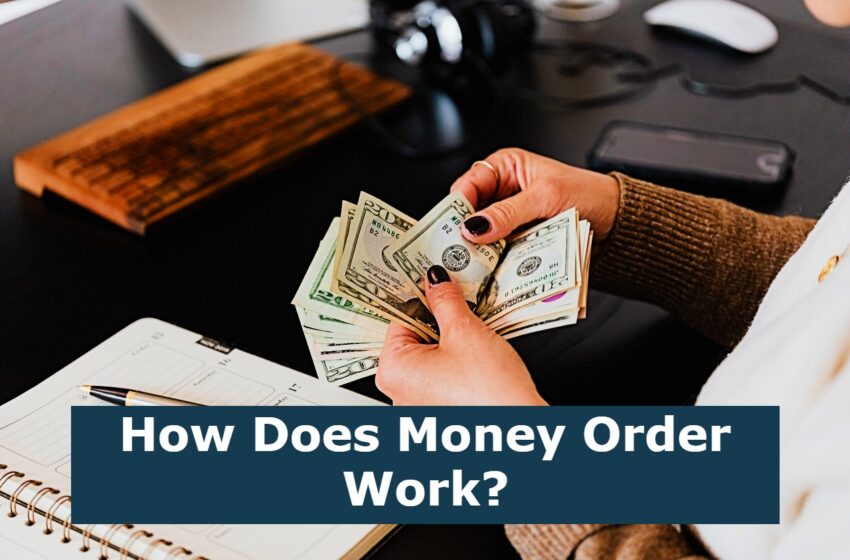
How Does Money Order Work?
If you are thinking about using a money order, there are a couple of things that you need to know about them. They are safer than cash and you can get a money order any time you need to. However, you may want to know the maximum amount you can be given and how you can track your money order.
Tracking a money order
If you have recently purchased a money order, then you may need to know how to track it. There are many ways to do this. Some organizations will post instructions online, and others will require you to fill out forms. The process can be pretty simple if you follow the instructions.
To track a money order, you need to have the serial number. This number is usually on the front of the money order. You will need to get this number from the organization that sold it. In addition to the serial number, you will also need the sender’s name, the recipient’s name, and the dollar amount.
Many organizations will offer you a form to fill out if you wish to track your money order. Typically, you will need to pay a fee to obtain this information. However, some companies do not charge for this service.
Tracking a money order is a relatively simple process. It is important to follow the instructions and to keep a copy of your receipt.
Limits on a money order
If you are looking for a safe and reliable form of payment, you may be considering buying a money order. Money orders are available at many places, including post offices, grocery stores, convenience stores, and big box retailers. They are similar to cash and checks, but they do have some limitations. You should always be aware of the maximum limits before making a purchase.
The United States Postal Service (USPS) allows sending up to $1000 per money order within the U.S. but there is a cap of $700 for international money orders. In addition to these limits, USPS requires that you buy multiple money orders if your total value exceeds $1,000.
You can use a money order to pay for a wide variety of things, from a down payment on a home to a security deposit on an apartment. However, before you buy one, you should be aware of the different types of money orders available.
Safer than cash
Money orders are one of the most widely accepted forms of payment. They are also safe and secure. However, they have some drawbacks.
The first drawback of money orders is that they do not provide the account information for the payee. This can make it easier for fraudsters to steal funds. Another disadvantage is that money order fees can add up.
Although money orders can be purchased at most banks, some online-only banks may not accept them. Some money order companies, like Western Union, use watermarks to keep fraudsters from cashing them.
If you want to avoid fraud, you should learn how to check if a money order is real. You can do this by calling the money order company or logging onto the website.
Alternatively, you can call the Federal Trade Commission. This is the government agency that deals with preventing and combating fraud.
You can get a money order at most post offices, banks, and convenience stores. When you buy a money order, you must fill out the name, address, and the amount of the money order. Make sure to save the receipt for future reference.


